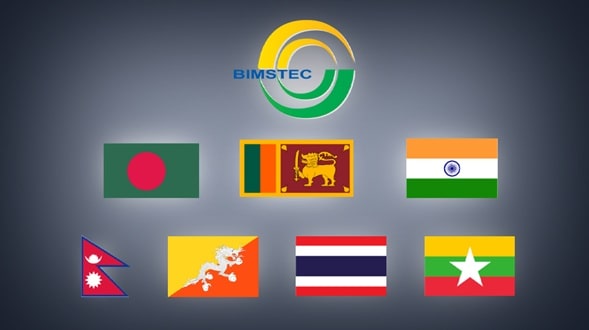As per the recently out World happiness report 2024, Finland once again received the top place. This has been the seventh consecutive year that the country received this place in the happiness index. Then again, this happiness index, sponsored by USA, has mentioned Singapore as the happiest Asian country. On the other hand, the report has kept the position of India 126 in the index. The rank has been the same as last year among the 143 countries. Now question arises, why India stays at the same ranking whereas countries like Singapore or Finland manages to stay at the top spots? What is the reason for such stagnation?

The Top 10 List is disclosed
Moving up the rankings, few areas show exceptional happiness consistency. Denmark, Iceland, and Sweden behind Finland top in happiness promotion. Happiness coherence reflects these nations’ social structures, welfare systems, and cultures. Asia’s happiness top is Singapore, 30th globally. Singapore is joined by Taiwan, Japan, South Korea, Philippines, Vietnam, Thailand, Malaysia, China, and Mongolia in the top 10 Asian happiest countries. These nations show the continent’s economic prosperity, social cohesion, and cultural persistence. Afghanistan’s difficulties make it the world’s unhappiest country. Afghanistan’s problems demonstrate the complex link between socio-political instability, economic inequality, and social well-being, underlining the need for sustainable development and peace in conflict-ridden nations. Thus, the global happiness rankings show not just individual nations’ accomplishments and failures but also worldwide trends and regional variances in satisfaction.
The ‘Happiness’ Measurement Process
The 2024 World Happiness Report employs cutting-edge quantitative and qualitative approaches. This method uses 2021–2023 Gallup World Poll data. Compare average life evaluations across populations and locations using this enormous dataset. Research evaluates happiness using six factors. Per capita GDP evaluates economic performance and material well-being. Healthy life expectancy promotes fitness and healthcare. Freedom assesses individual and political rights, whereas social support measures community bonds. Altruism and compassion demonstrate that society values social connection and empathy. Finally, corruption shows government honesty and transparency, which build trust and well-being. With these parameters, the World Happiness Report presents a holistic assessment of happiness and well-being beyond prosperity and contentment.
The Reason for Singapore’s Rise in Index and India’s Lowering
Singapore has the highest GDP per capita and lowest corruption perception in Asia. Singapore’s high life expectancy is also crucial, says research co-author and editor Shun Wang. India is mediocre in many aspects.
LinkedIn says happiness metrics may not accurately represent Indian happiness. Spirituality, community, and family are key to Indian happiness, but the UN survey may not show it. Comparing developing countries hurts India. India, with its population dynamics and economic disparities, cannot be compared to industrialized countries.
The nuances of happiness, especially when it comes to a country as complex and heterogeneous as India, are only going to be partially answered by the World Happiness Report, a recent product at best. It is as easy as it gets: when someone looks at high-flying performance, such as is witnessed in Singapore, when there is ample underscoring of economic prosperity and transparency. In the Indian context, this story portends the weaknesses of standard metrics with which to evaluate happiness. That is, as we delve into the pursuit of what makes happiness, it becomes clear that pulling together an integrative approach which supports consideration of cultural nuance and developmental trajectories is critical.

